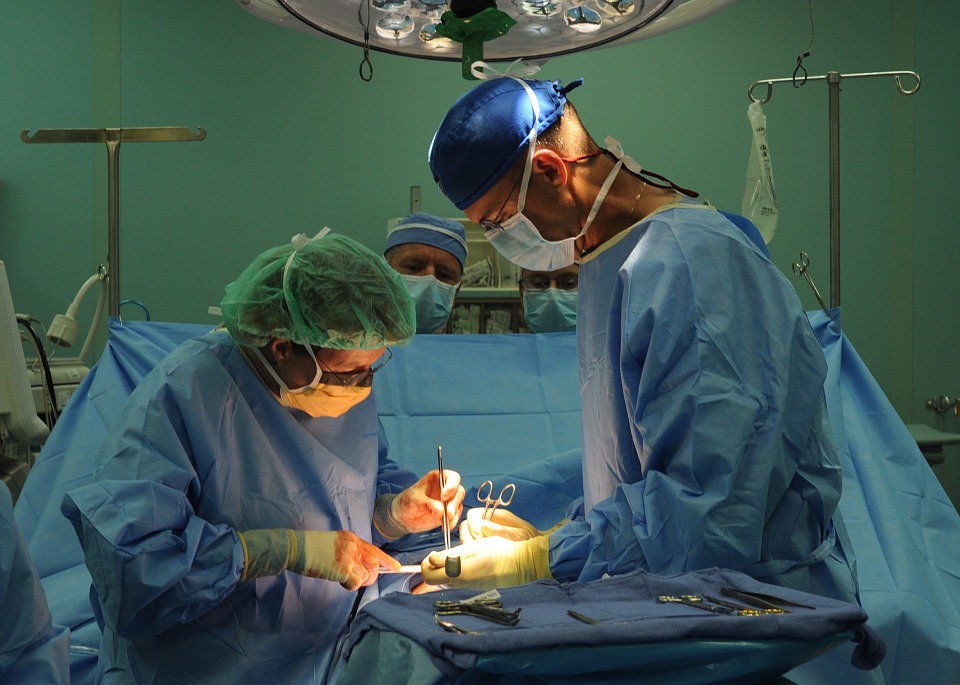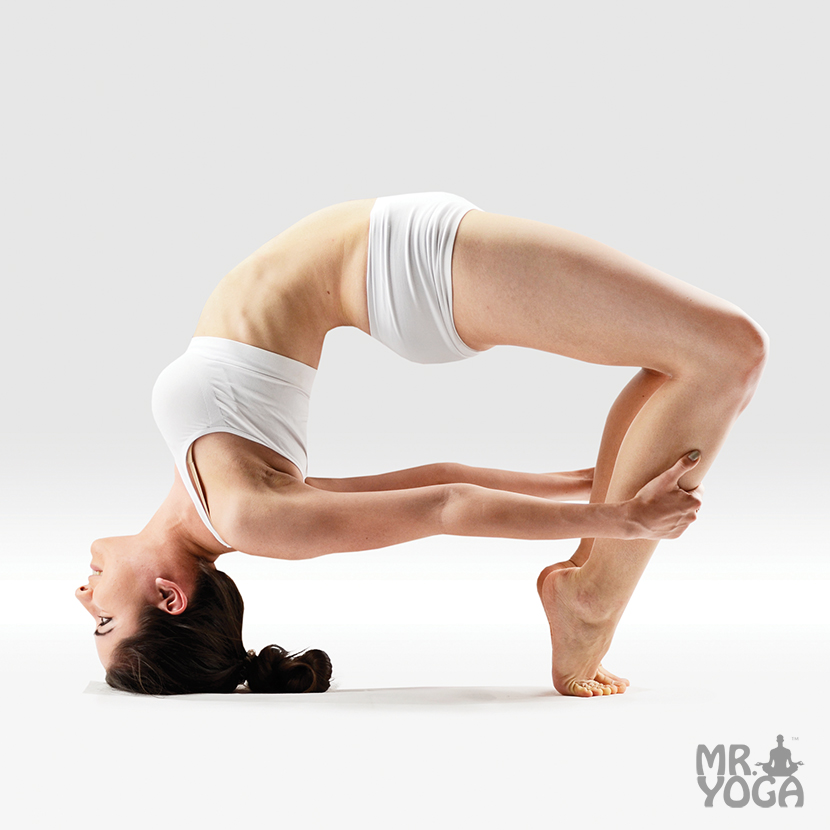The medical field has always had the model of treating your pain after it happens, but what about before it happens? Usually, you get injured, see your doctor, receive some medication, the medication doesn't work so you get an injection, the injection lasted for while but didn't fix the problem and then you have surgery. If only there was a way to avoid all of that. Well, there is!
If only there was a way to avoid all of that. Well, there is!



Low back pain is the second most common cause of disability in the US. It affects 29% of adult Americans and is the leading reason for missing work anywhere in the world! The U.S. spends approximately $90 Billion a year on low back pain. The most popular treatments for low back pain include bed rest, opioid pain killers, steroid injections and spine surgery. These methods are often not helpful and can sometimes cause more harm. For instance, in 2017 more than 30,000 Americans will die from opioid overdoses...30,000!! We can also consider surgeries to be part of the problem. Only a small portion of patients who have chronic low back pain require surgery according to a recent study published by UpToDate. Steroid Injections also fall short of fixing low back pain. They may relieve the pain for a short period of time, but usually the effects dissipate after a month or two and you are back to square one.
Of course, there are instances when surgery and other treatment is immediately needed, but if you have chronic back pain and your doctor rules out a serious cause, then you have many alternatives that are cheaper and more effective than surgery.
So what can we do to "fix the system" and treat low back pain? Well, luckily the tides are slowly changing.
In February of 2017, the American College of Physicians advised doctors and patients to try "non-drug therapies" and avoid prescription drugs and surgical options when possible. The evidence that exercise programs, yoga and massage can help people alleviate chronic low back pain is increasing every year.

We often want to curl up on the couch or stop moving altogether when low back pain strikes, but studies are showing that this is the exact opposite of what we should be doing. Studies that compare exercise to no exercise for chronic low back pain show that physical activity can help relieve pain, while being inactive can delay a person's recovery.
Your next step is to find what program works best for you. People experience pain very differently, and what may work for one person may not work for others. This is why it is important to schedule an evaluation with your physical therapist! They can design a program that is specific to your needs and focuses on your specific ailment.
So don't waste your time and money trying to put a bandaid on your chronic low back pain with opioids, injections and unnecessary surgeries. Get to the root of your problem by creating a specific exercise program that is tailored to your needs.